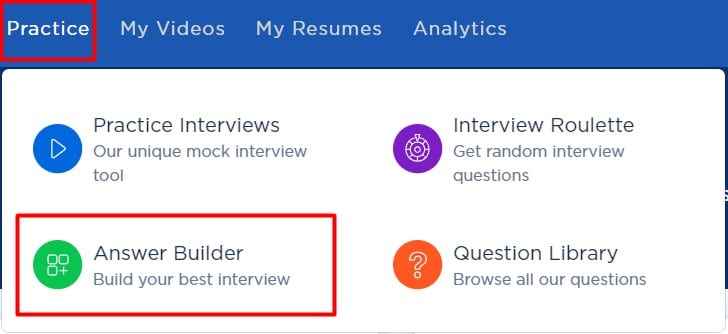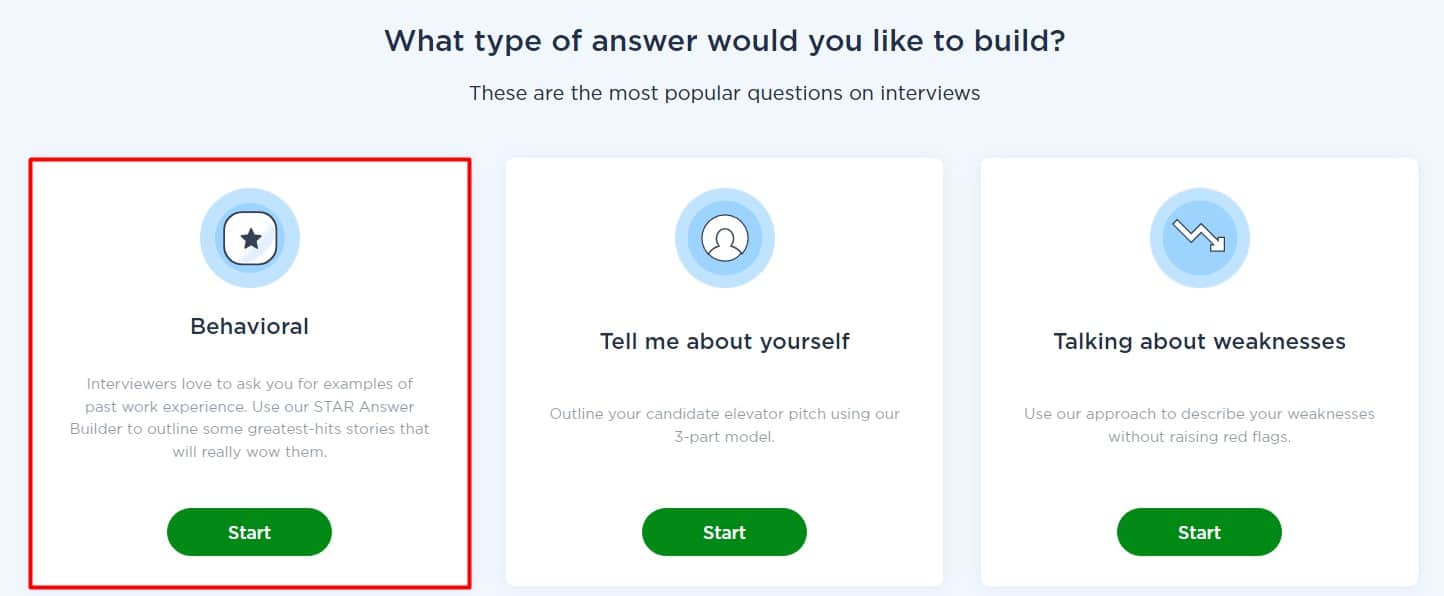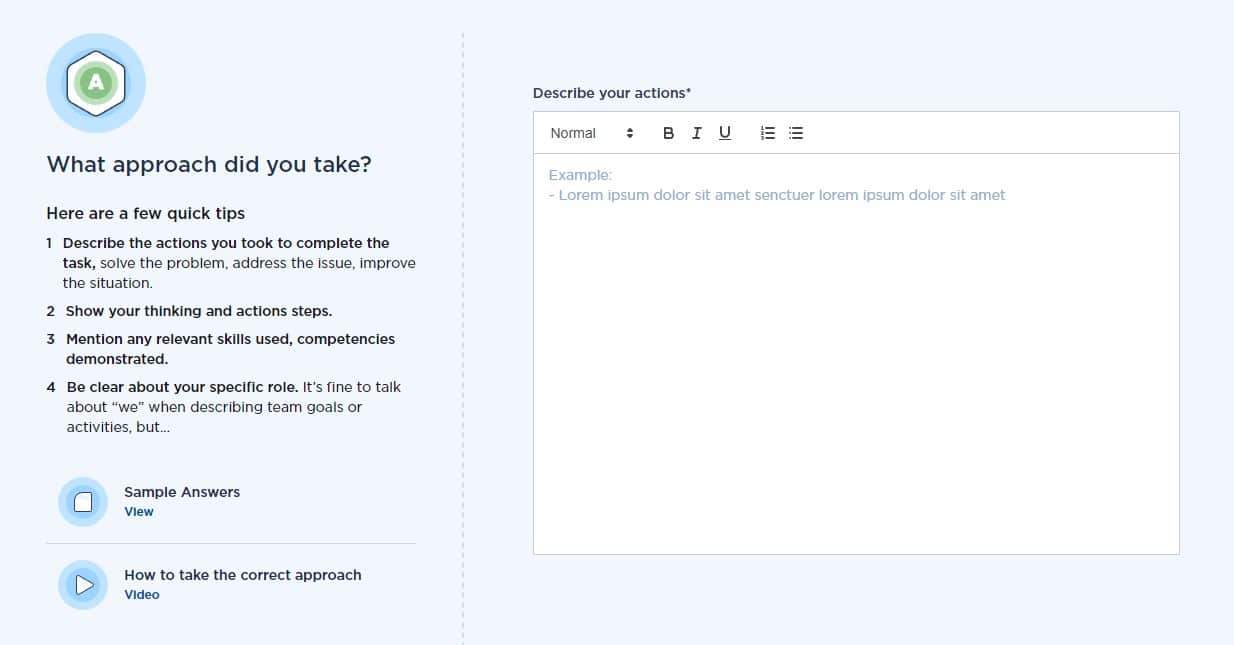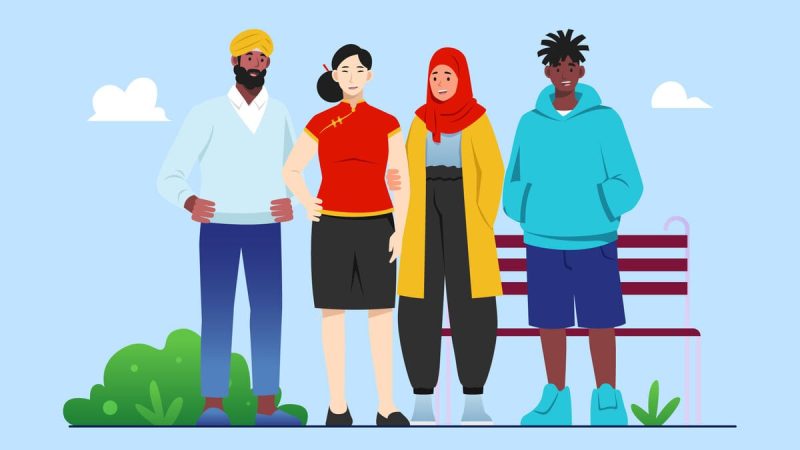For most jobs today, it’s important that you possess and value intercultural fluency, that is, that you’re able to work well with diverse teams, including individuals from cultures different from your own.
Companies are going increasingly remote and international. Therefore, they’re looking for people who can interact with individuals from diverse cultures, races, ages, genders, religions, and sexual orientations.
This is called “intercultural fluency,” but you may also hear phrases such as “global/intercultural fluency,” “cultural diversity,” “global and cultural awareness,” “international experience,” “intercultural awareness,” and “cultural sensitivity.”
This competency is useful for most jobs, but in some cases, it is absolutely critical. Don’t be surprised if you get a question about it in your next interview.
What Exactly Is Intercultural Fluency?
Collins English Dictionary defines someone’s cultural awareness as “…their understanding of the differences between themselves and people from other countries or other backgrounds, especially differences in attitudes and values.”
The National Association of Colleges and Employers (NACE) calls it “global/intercultural fluency” and considers it one of 7 competencies crucial to career readiness for new college graduates. NACE says that someone with this competency “demonstrates openness, inclusiveness, sensitivity, and the ability to interact respectfully with all people and understand individuals’ differences.”
How exactly does intercultural fluency come into play in a business setting? Beyond the basics of understanding and respecting differences, a lot of it comes down to communication styles. For example, in some cultures, directness is valued. In others, being too direct is considered rude.
Some cultures value formality more than others — something considered warm and friendly in one country may come across as inappropriate in another. Likewise, one culture’s professionalism can come across as coldness or lack of interest to someone else.
Common Behavioral Questions About Intercultural Fluency
Interviewers typically rely on behavioral questions to determine a candidate’s strength in this competency.
Here are some popular behavioral interview questions related to global and cultural awareness:
- Tell me about a time you worked on a team with individuals from different cultural backgrounds.
- Describe a time when you found it difficult to work with someone from a different background.
- Describe a situation that required you to consider a different perspective from your own when exploring an issue.
- Give me an example of a situation where you had to take into account the sensitivities of different parties.
- Tell me about a time you observed culturally insensitive behavior on the job.
- What experiences have you had with recruiting, hiring, training, and/or supervising a diverse workforce?
- Tell me about a time recently when you had to take someone’s cultural perspective into account in dealing with them.
Why Interviewers Ask About Global and Intercultural Awareness
Companies today are looking for a global perspective. Most have employees and/or customers in countries around the world. There is also an increasing emphasis on the value of diversity in business.
Many candidates don’t prepare for questions about cultural awareness because they’re so focused on technical skills and other competencies — and sometimes, intercultural fluency is not spelled out as a requirement in the job description. However, it is often a key component of being a good fit for the team and company culture.
A careful review of the job description, along with some company research, will help you anticipate what aspects of global/cultural awareness are most important for a particular role.
For example, if you’re interviewing for a position based in a different country, the focus may be on adapting to that new environment. If you’re interviewing for a large global company, they may be most concerned about your ability to work with people from different backgrounds. If you’re applying for a leadership role, they may be looking for evidence of your ability to build and lead a diverse team.
How to Answer Behavioral Questions About Intercultural Fluency
The best approach is to prepare at least one interview story that highlights your ability to navigate cultural differences at work. You may need to brainstorm to find an example that fits. Think about your team experiences and times when you’ve had to overcome differences with colleagues.
If you’re a student or recent grad, you can look to examples from academics (class projects), internships, or extracurricular activities if your job experience is limited.
When it comes to creating an answer, I highly recommend the STAR format as a framework. The STAR format will help you focus on the key details so you can tell a story that’s authentic, memorable, and concise.
But this doesn’t mean that you need to write and memorize a scripted story. With STAR, the idea is to jot down a few bullet points for each of the key aspects of your story (Situation/Task, Action, and Results). This allows you to identify and remember your key themes while always delivering in a natural way.
If you want to consolidate your bullet points, create an answer, AND practice in one place, you can use our Learn and Practice modules.
For answering questions about intercultural fluency specifically, our Answer Builder will be the best choice.

Here you can choose what type of interview questions you want to practice answering. In this case, choose Behavioral.

You’ll go through short written excerpts with tips and tricks on how to craft a proper STAR answer and videos elaborating on why this approach is effective.
You can then note down the main ideas for each component of the answer. As you’re working, on your left side, you’ll find tips on how to create bullet points, as well as examples and advice on how to outline the situation, describe your task and action, and explain results.

Once you complete your answer, you can start practicing.
Click on Practice, and you’ll be taken to a menu offering different interview question types. Click on Behavioral and find the Inclusion section, where all the questions about diversity and inclusion are stored.
When ready, you can practice presenting your answers in a recorded interview and our AI will give you precious feedback on the quality of your answer, the speed of your speech, filler words, and much more.
Or, you know… you can use pen and paper and then practice in front of a mirror. But where’s the fun in that?
Intercultural Fluency Sample Answer
To get you inspired, here’s an example of a good STAR answer to a behavioral interview question “Tell me about a time you worked on a team with individuals from different backgrounds.”
S/T (Situation/Task)
This section sets the context for the story. It should be concise and focus on the most important details to help the listener understand and appreciate what comes next.
- Recently, I was the project manager for the rollout of the new release of our company’s software. It was a large team because we needed input from the business and technology teams and from our regional offices in London, Hong Kong, and Buenos Aires. We also had a number of senior-level managers on the team because this rollout was a major priority for the firm. During the early team calls, I noticed that our US-based senior managers were dominating the conversation and we weren’t getting much input from the regions.
Why this works:
This is a fairly concise project background that sets up the diversity of the team involved, the importance of the project, the storyteller’s role, and the issue that arose.
A (Approach)
Once you’ve set up the situation, it’s important to walk through the actions taken and how you demonstrated the competency.
- We were on a tight deadline, so people were eager to keep things moving forward and make decisions quickly. However, I was concerned that we might be overlooking regional considerations. I decided to reach out to our team members in the regional offices to have one-on-one discussions. It turned out that several had major concerns about usability issues for international users. They had hesitated to speak up on the team calls because they didn’t want to be seen as contradicting the Senior VP, who was very vocal about his differing opinions. They didn’t feel comfortable shouting over him, while he just assumed that anyone who disagreed would speak up. I decided to form a smaller cross-regional team to review the usability concerns, come up with solutions, and report back to the larger group.
Why this works:
This shows that the candidate was observant enough to realize there was a potential problem, and then took the initiative to reach out to the regional colleagues and really listen to their concerns. This candidate also demonstrates respect for his colleagues, diplomacy, and problem-solving skills.
R (Results)
Finally, it’s essential for every STAR interview story to have a happy ending. The last part of the answer should highlight the positive outcome(s) of your approach. This could include concrete results (increased revenues by 20%, came in under budget, got promoted), but anecdotal outcomes can also be powerful (the client was happy, my manager praised me, etc.).
- This approach was very effective because it allowed us to raise the issues in a neutral way and address them before the rollout. People felt more comfortable speaking up in a smaller team dedicated to issues for international users. Our senior managers were very receptive to the suggested changes and I got a lot of praise for my idea of forming a separate working group. This experience also helped me see how different communication styles can be and how important it is to create an environment in which everyone feels comfortable speaking up.
Why this works:
This is a happy ending in a couple of ways. First, the project was a big success, partially due to the candidate’s savvy project management and people skills.
Second, it was a valuable learning experience and shows that the candidate would be very comfortable working with team members with different communication styles.
The Challenges of Answering Questions About Global/Cultural Awareness
Questions about global and cultural awareness can be extra challenging.
- You may have difficulties recognizing cultural differences in the first place. Different communication styles, different approaches to conflict, knowledge, body language, different decision-making styles, and similar — these can be very subtle, especially if you don’t have a lot of experience. Recognizing the challenges is the crucial first step. To address them and successfully manage them is the second step; to talk about them in a job interview is a different story.
- Secondly, behavioral interview questions about cultural diversity ask for very specific examples. If you haven’t thought about it in advance, you may have trouble coming up with the perfect story about working with a global team, especially if your work experience is limited.
- Finally, these questions may raise sensitive topics. You always want to be careful about describing differences and challenges in a respectful way. What you say is equally important as how you say it. Your interviewer will be listening attentively to determine what your example says about your global and cultural awareness and your attitude about working with those from different backgrounds.
- And that’s why preparation matters. Try to stay informed — read about global and cultural awareness. Study the world around you and try to recognize unconscious patterns in human behavior. This will make the process of preparing an answer for a behavioral interview question easier.
Summary
You can expect intercultural fluency questions to pop up more and more in the future.
Coming up with a specific example and delivering it in the right way on the spot is pretty hard. And that’s why anticipating this question, preparing it in advance, and practicing until you’re comfortable and confident is crucial. Good luck!
_____________________________
Need a hand? There are 2 ways we can help you:
1. Learn how to turn more job interviews into job offers here. (Rated with 4.9/5 by 1,000,000 users)
2. Learn how to successfully negotiate a better salary. (Take a sneak peek of one lesson for free here)
